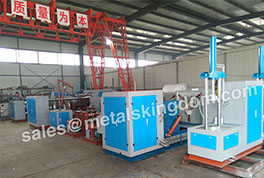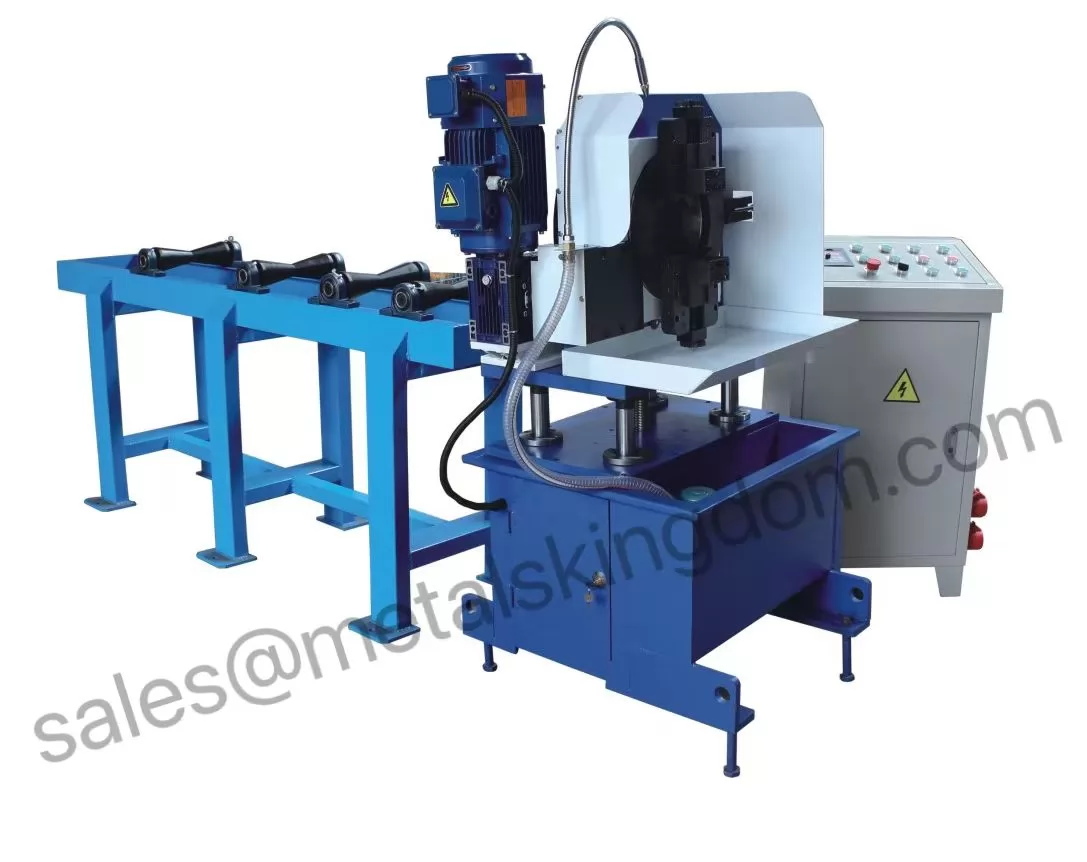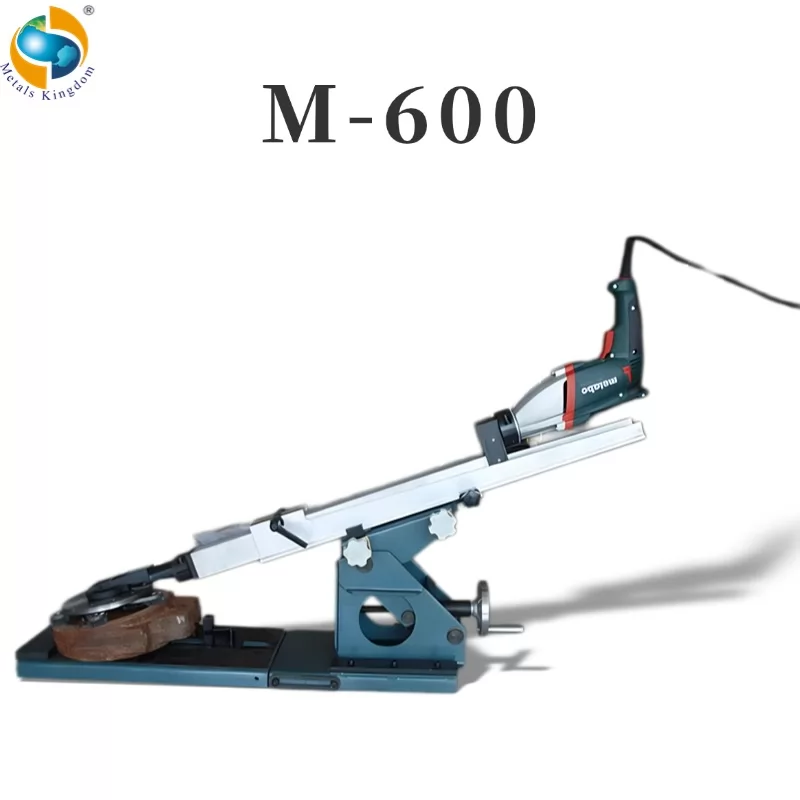1. Reasons for the leakage of the hydraulic system of the test bench
Many components in the valve test table hydraulic system widely use gap seals, and the sealing performance of the gap seal is related to the gap size (the leakage is proportional to the cube of the gap), the pressure difference (the leakage is proportional to the pressure difference), and the sealing performance. Oil length (the amount of leakage is inversely proportional to length), processing quality, and oil viscosity. Due to poor lubrication between the movement pairs, improper material selection, and poor processing, assembly, and installation accuracy, it will cause early wear, increase clearance, and increase leakage. Secondly, seals are widely used in the hydraulic components of the system, and the sealing effect of the seals is related to the material, the surface quality, and the structure of the seals.
In the system, such as inferior sealing material, unstable physical and chemical properties, low mechanical strength, low elasticity, and low wear resistance, etc., they all leak due to poor sealing effect; the groove size design of the installation seal is unreasonable, and there is also dimensional accuracy and Poor roughness, small pre-compression, and poor sealing can also cause leakage.
2. Measures to reduce internal leakage and eliminate external leakage in the hydraulic system of the valve test bench
. The kinematic pair adopting the gap seal should strictly control its machining accuracy and fit clearance.
b. The use of seals to seal is an effective means to solve leakage, but if the sealing is excessive, although the leakage is solved, friction resistance and power loss are increased, and the wear of the seals is accelerated.
c. Improve the unreasonable hydraulic system, simplify the hydraulic circuit as much as possible, and reduce the leakage; improve the sealing device, such as changing the "V" seal at the piston rod to the "Yx" seal ring, which not only has low friction but also reliable sealing.
d. The leakage is inversely proportional to the viscosity of the oil. The viscosity is small and the leakage is large. Therefore, the hydraulic oil should be replaced in time according to the temperature difference to reduce leakage.
e. Controlling temperature rise is an effective measure to reduce internal and external leakage. Pressure and flow are the two most basic parameters of the hydraulic system. These two different physical quantities play different roles in the hydraulic system, but there is also a certain internal connection. Mastering this basic principle is necessary for correct debugging and troubleshooting of the faults in the system.

Valve Test Table
Why should we perform a pressure test on the valves of the valve test bench?
When using a horizontal type valve test table, we need to test the valve for pressure and leak before it can be put into use. So do you understand why the valve is tested for pressure and leak? The following is a detailed introduction :
The valve test medium is generally clean water at room temperature, and kerosene can be used for important valves. In the constant pressure test of the safety valve, nitrogen can be used as a more stable gas, or steam or air can be used instead. For diaphragm valves, use air for the test. Whether using a new valve or a repaired valve, a pressure test must be performed before installation.
Valve pressure test refers to the strength test of the valve body. The valve leak test refers to the tightness test of the sealing surface. These two tests are the inspection of the main performance of the valve.
Why should we perform a pressure test on the valves of the valve test bench?
When using a horizontal type valve test table, we need to test the valve for pressure and leak before it can be put into use. So do you understand why the valve is tested for pressure and leak? The following is a detailed introduction :
The valve test medium is generally clean water at room temperature, and kerosene can be used for important valves. In the constant pressure test of the safety valve, nitrogen can be used as a more stable gas, or steam or air can be used instead. For diaphragm valves, use air for the test. Whether using a new valve or a repaired valve, a pressure test must be performed before installation.
Valve pressure test refers to the strength test of the valve body. The valve leak test refers to the tightness test of the sealing surface. These two tests are the inspection of the main performance of the valve.












